Embedding Oracy
Developing confidence and communication skills lowers all kinds of barriers for young people in social, academic and professional life. This page has been designed to help you encourage your students to actively engage with speaking and listening and help them develop the following skills;
- Critical thinking
- Creative thinking
- Reasoning
- Well being
- Confidence
- Self-esteem
- Social mobility
- Employability
TEACHERS – MODEL THE SKILLS
Be a role model for your students. Lead by example by being an effective communicator. Use the top tips e.g. make good eye contact, use open body language, simplify your content and project your voice.
STUDENTS – SPEAK UP AND BE HEARD
Embedding communication skills requires experimentation and active learning. Be sure to remind your students how the voice works and why it is a powerful instrument for sharing your ideas with others. Like any musical instrument, the more we practise it, the more confident we will become in playing with it.
There are a number of ways you can encourage oracy in your class. Regardless of the lesson, activity or occasion, see below for ideas to help you support your students build their confidence in sharing their ideas through the power of speech.
- Take time out in your lesson to teach a few ‘breathing’ moments, for preparing a task, dealing with nerves or using for energising or calming.
- Provide opportunities for ‘Speak Out’ groups around class themes and topics.
- Include a fun warm-up before a question and answer session e.g. Hum from the bottom of a scale to the top and back down again.
- Try out different tones e.g. when you say ‘good morning’. Get students to do it as a call and response. Show the effect it can have on others.
- Set up a space where students can feel safe to ask their questions. Provide opportunities for ‘Speak Out’ groups around class themes and topics.
- Use open questions and teach peer respect to students by listening without interruption. Encourage everyone to join in. Use our communicating confidently poster in your class to encourage improved listening, responding to questions and speaking aloud in class.
- Offer a topic, ask students to use rhetorical questions so that they can think more critically about an issue.
- Create bridges in learning. Ask specific questions to bridge any gaps in understanding. Why?What? Where? When? How? Encourage students to do the same.
- Presentations – give homework alternatives for individuals to present their ideas as short presentations.
- Include spoken word games and quizzes, so that answers can be written and then spoken.
- Role plays – prepare a situation as part of your lesson plan and opportunities to become different characters. It can be fun to use body language exercises to describe the action without words.
- Have body language breaks where students describe on a scale of 1-10 how they are feeling in their body e.g. sad, happy, tired, energised. Use facial expressions if space is limited.
- Change the learning environment. Take desks out to the sides of the classroom. Create a speaking circle and position students to face the centre. Ask them to make eye contact with peers when they speak. Give equal space to the person on their left and right. When someone speaks, turn in their direction. Smile, nod, show interest and give non-verbal support. Make sure body language, facial expression and gestures are respectful.
- Use oral feedback and teach individuals to do this with their peers by offering one specific praise point and one specific improvement.
- Group discussions – set out clear instructions, agree on what you want to achieve.
- Projects – create word clouds or mind maps on different topics. Ask students to collaborate in small groups and verbally share their discoveries with the whole class.
- Reflection – ask students to write and verbally deliver a short, 1-2 minute piece, about their experience of your lesson. What was wonderful about it? What could be improved? What would they like to do differently?







